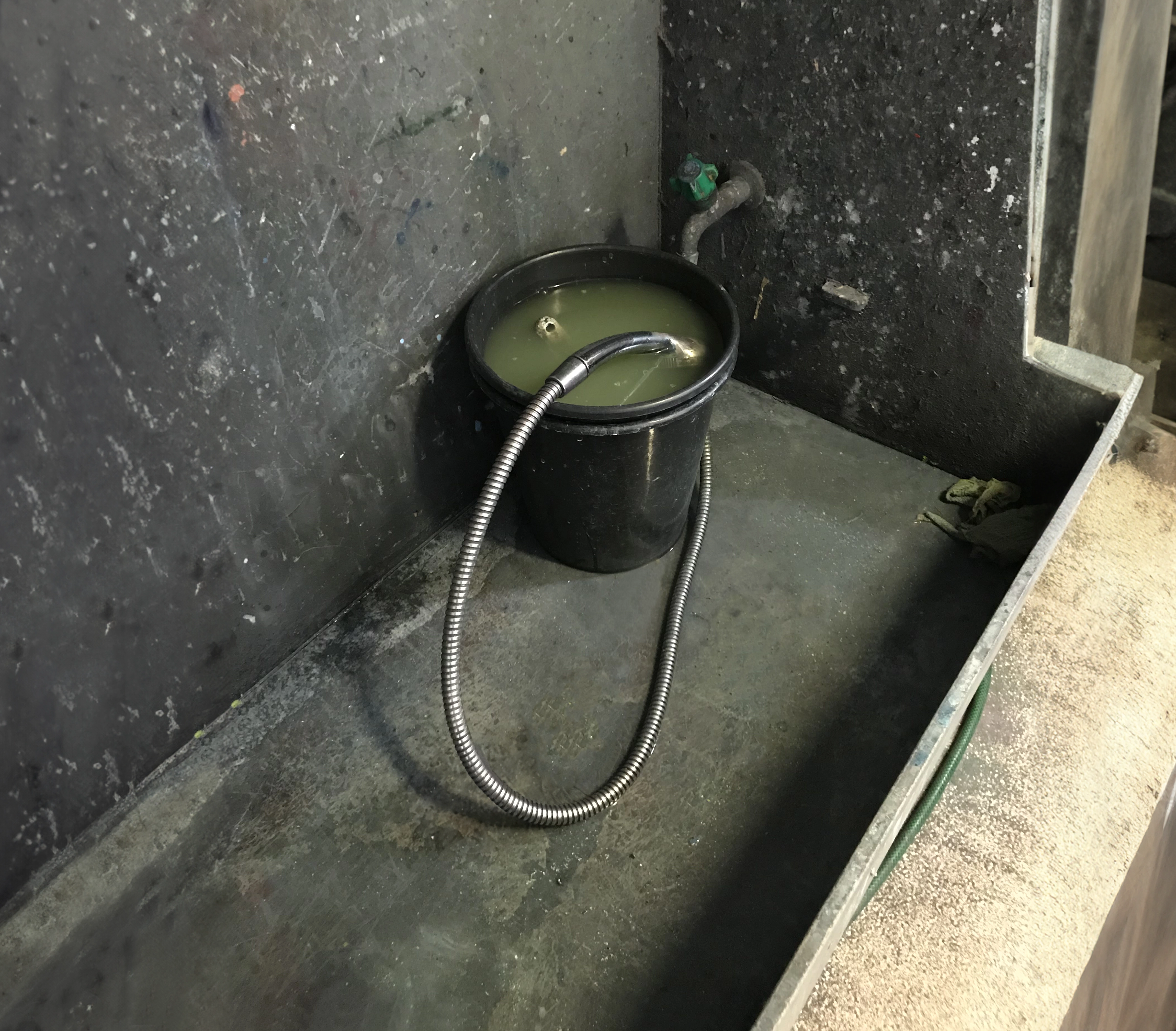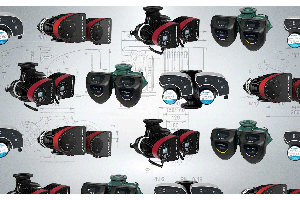How Energy-Efficient Pumps Can Help Mitigate Floods in the UK

Rising Tides, Rising Threat: How Energy-Efficient Pumps Can Help Mitigate Floods in the UK
The United Kingdom, a nation intrinsically linked to the sea, faces a growing challenge: flooding. Increased rainfall due to climate change, coupled with low-lying coastal areas and aging drainage systems, puts immense pressure on flood defences. But there's a technological solution on the horizon – energy-efficient water pumps.
A Perfect Storm of Flood Risks
The UK is particularly vulnerable to floods. Extensive coastlines, coupled with rising sea levels, expose vast areas to potential inundation. Heavy rainfall events, becoming more frequent with climate change, further saturate already strained drainage systems. The Environment Agency warns that by 2050, millions of properties in England alone could be at risk. The agency has made a stark report to the government warning of a future ravaged by extreme weather, rising sea levels reaching 78cm by the 2080s, and water shortages demanding an additional 3.4 billion litres daily by 2050. It demands immediate action – adaptation and investment – to avoid the crippling costs of inaction.
One area affected by extreme rainfall is the Cambridgeshire Fens, which houses the St Germans Pumping Station, the UK's largest land drainage facility which has six huge pumps. This vital infrastructure plays a crucial role in protecting homes and businesses from flooding. Commissioned in 2010, its powerful electric pumps tirelessly transfer water from a vast network of drains into the River Ouse, preventing the Fens, much of which lies below sea level, from becoming inundated. Those working at St Germans Pumping Station have reportedly said they have never needed to pump out as much water before.
On the other end of the spectrum from these industrial giants lie domestic submersible pumps, the workhorses of our homes and gardens. Unlike their colossal cousins, these compact pumps can help to protect your homes by removing unwanted flood water from places such as basements and cellars.
Traditional Pumps: The Energy Drain
Conventional flood defence pumps are workhorses, but they come at a cost – energy consumption. During heavy rainfall, these pumps work tirelessly to remove excess water, but their high energy demands can strain the grid and inflate costs.
Energy-Efficient Pumps: A Sustainable Solution
Energy-efficient pumps offer a beacon of hope. These innovative pumps utilise advancements in motor technology and hydraulic design to achieve significant reductions in energy consumption. Selecting the correct pump for your application will ensure peak efficiency as selecting a pump more powerful or much larger than needed will result in unnecessarily high energy consumption and poor performance. By consuming less energy, energy-efficient pumps contribute to a greener flood defence strategy, reducing greenhouse gas emissions and mitigating climate change – the very factor increasing flood risks.
Benefits of Energy-Efficient Pumps
- Lower Energy Consumption: Energy-efficient pumps are designed to use less electricity compared to traditional pumps. This reduction in energy consumption can lead to significant savings on energy bills. According to the Department for Business, Energy & Industrial Strategy (BEIS), optimising pump efficiency can result in up to 30-50% energy savings, depending on the application and operational conditions. Lower energy usage also helps alleviate the strain on the electrical grid during peak usage times, which is particularly important during extreme weather events when electricity demand can spike.
- Reduced Carbon Footprint: Energy-efficient pumps reduce greenhouse gas emissions by consuming less energy. The UK government has set ambitious targets to reduce carbon emissions to net zero by 2050. Implementing energy-efficient technologies in flood defence systems is a crucial step towards achieving these goals. According to the Carbon Trust, energy-efficient pumps can help reduce carbon dioxide emissions by up to 50% compared to conventional pumps, contributing significantly to environmental sustainability efforts.
- Long-term Savings: While the initial investment in energy-efficient pumps might be higher, the long-term financial benefits are substantial. The Energy Saving Trust highlights that the reduced energy consumption translates into lower operational costs over the pump’s lifespan. Additionally, energy-efficient pumps often have longer service lives and require less maintenance, further reducing costs associated with repairs and replacements - These factors make them a cost-effective solution for flood mitigation in the long run.
- Enhanced Flood Defence: Advanced pump technology ensures a more robust and reliable flood defence system. Energy-efficient pumps are often equipped with modern features such as variable speed drives (VSDs) and smart sensors. These technologies allow the pumps to adjust their operation based on real-time data, ensuring optimal performance under varying conditions. The increased reliability and efficiency mean that these pumps can handle higher volumes of water more effectively, providing better protection during extreme weather events.
Investing in the Future
While upfront costs for energy-efficient pumps might be slightly higher, the long-term benefits are undeniable. Lower energy bills, a reduced carbon footprint, and a more robust flood defence system all contribute to a safer, more sustainable UK. By embracing these innovative pumps, the UK can adapt to the changing climate and ensure a well-defended future for its communities.
Choosing the Right Unit
Need a reliable submersible pump solution? Contact Complete Pump Supplies today for expert advice on 0333 323 2329 or click here to complete a contact form.


Our sales team is always on hand to answer any questions.
Submersible Drainage Pumps
-
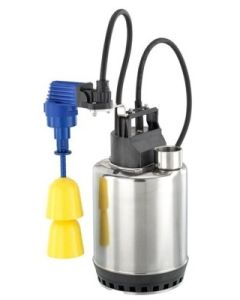 Lowara DOC3/A GW Submersible Pump with Magnetic Float Switch (110V)Special Price £180.00 £150.00 Regular Price £679.20 £566.00
Lowara DOC3/A GW Submersible Pump with Magnetic Float Switch (110V)Special Price £180.00 £150.00 Regular Price £679.20 £566.00 -
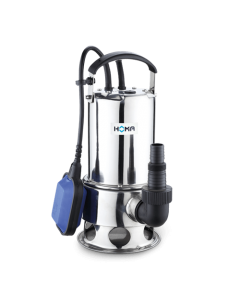 Homa TCV519 W Stainless Steel Submersible Pump (230V)Special Price £1,394.28 £1,161.90 Regular Price £1,549.20 £1,291.00
Homa TCV519 W Stainless Steel Submersible Pump (230V)Special Price £1,394.28 £1,161.90 Regular Price £1,549.20 £1,291.00 -
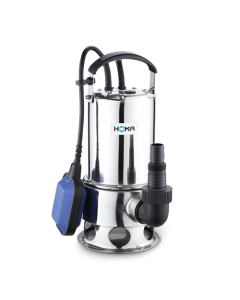 Homa TCV514 W Stainless Steel Submersible Pump (230V)Special Price £1,037.88 £864.90 Regular Price £1,153.20 £961.00
Homa TCV514 W Stainless Steel Submersible Pump (230V)Special Price £1,037.88 £864.90 Regular Price £1,153.20 £961.00 -
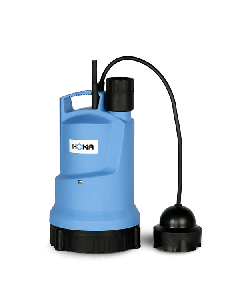 Homa Chromatic C240 WF Sensoflat Low Level Drainage PumpSpecial Price £550.80 £459.00 Regular Price £648.00 £540.00
Homa Chromatic C240 WF Sensoflat Low Level Drainage PumpSpecial Price £550.80 £459.00 Regular Price £648.00 £540.00 -
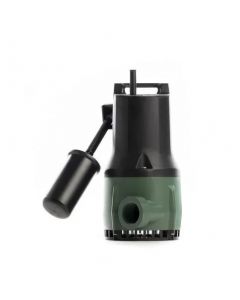 DAB Nova 300 MA Submersible PumpSpecial Price £175.69 £146.41 Regular Price £250.98 £209.15
DAB Nova 300 MA Submersible PumpSpecial Price £175.69 £146.41 Regular Price £250.98 £209.15 -
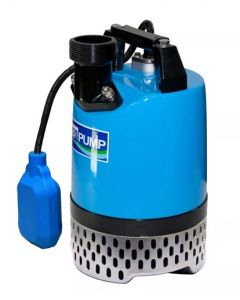 HCP Pumps GD-750F (110V) Submersible Dewatering PumpSpecial Price £555.36 £462.80 Regular Price £854.40 £712.00
HCP Pumps GD-750F (110V) Submersible Dewatering PumpSpecial Price £555.36 £462.80 Regular Price £854.40 £712.00 -
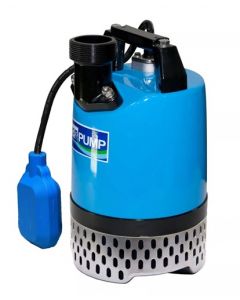 HCP Pumps GD-750F (230V) Submersible Dewatering PumpSpecial Price £529.62 £441.35 Regular Price £814.80 £679.00
HCP Pumps GD-750F (230V) Submersible Dewatering PumpSpecial Price £529.62 £441.35 Regular Price £814.80 £679.00 -
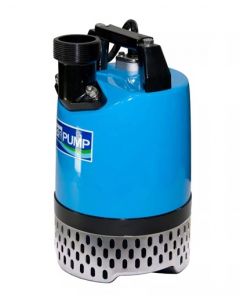 HCP Pumps GD-750 (110V) Submersible Dewatering PumpSpecial Price £526.50 £438.75 Regular Price £810.00 £675.00
HCP Pumps GD-750 (110V) Submersible Dewatering PumpSpecial Price £526.50 £438.75 Regular Price £810.00 £675.00 -
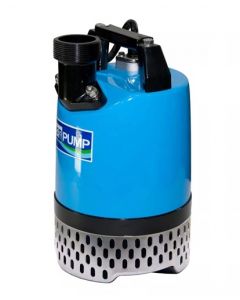 HCP Pumps GD-750 (230V) Submersible Dewatering PumpSpecial Price £501.54 £417.95 Regular Price £771.60 £643.00
HCP Pumps GD-750 (230V) Submersible Dewatering PumpSpecial Price £501.54 £417.95 Regular Price £771.60 £643.00 -
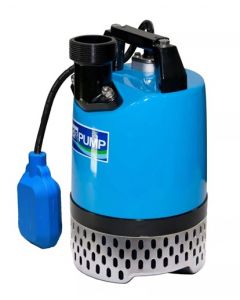 HCP Pumps GD-400F (230V) Submersible Dewatering PumpSpecial Price £421.98 £351.65 Regular Price £649.20 £541.00
HCP Pumps GD-400F (230V) Submersible Dewatering PumpSpecial Price £421.98 £351.65 Regular Price £649.20 £541.00 -
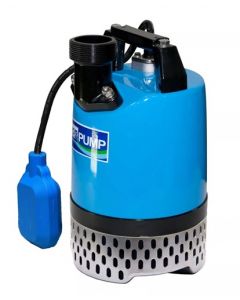 HCP Pumps GD-400F (110V) Submersible Dewatering PumpSpecial Price £447.72 £373.10 Regular Price £688.80 £574.00
HCP Pumps GD-400F (110V) Submersible Dewatering PumpSpecial Price £447.72 £373.10 Regular Price £688.80 £574.00 -
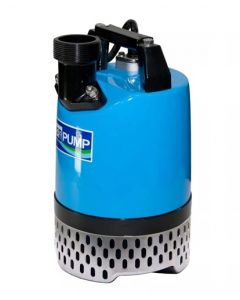 HCP Pumps GD-400 (110V) Submersible Dewatering PumpSpecial Price £414.96 £345.80 Regular Price £638.40 £532.00
HCP Pumps GD-400 (110V) Submersible Dewatering PumpSpecial Price £414.96 £345.80 Regular Price £638.40 £532.00 -
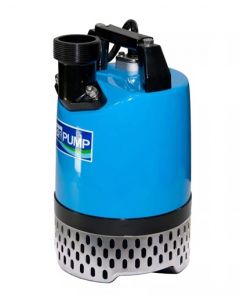 HCP Pumps GD-400 (230V) Submersible Dewatering PumpSpecial Price £393.90 £328.25 Regular Price £606.00 £505.00
HCP Pumps GD-400 (230V) Submersible Dewatering PumpSpecial Price £393.90 £328.25 Regular Price £606.00 £505.00 -
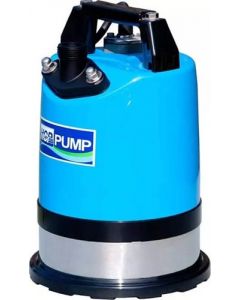 HCP Pumps GDR-400 (230V) Puddle Sucker PumpSpecial Price £383.99 £319.99 Regular Price £696.00 £580.00
HCP Pumps GDR-400 (230V) Puddle Sucker PumpSpecial Price £383.99 £319.99 Regular Price £696.00 £580.00 -
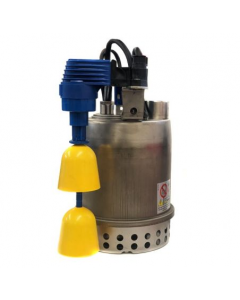 Ebara BEST ONE WVBPNENX (AGMA) Submersible Drainage Pump with Cup Float (1 Phase)Special Price £210.00 £175.00 Regular Price £578.26 £481.88
Ebara BEST ONE WVBPNENX (AGMA) Submersible Drainage Pump with Cup Float (1 Phase)Special Price £210.00 £175.00 Regular Price £578.26 £481.88 -
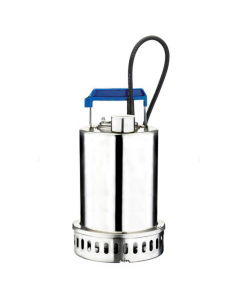 Ebara Best 4 400V Submersible Drainage PumpSpecial Price £840.13 £700.11 Regular Price £1,292.51 £1,077.09
Ebara Best 4 400V Submersible Drainage PumpSpecial Price £840.13 £700.11 Regular Price £1,292.51 £1,077.09 -
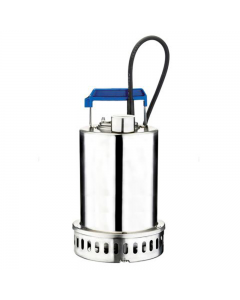 Ebara Best 3 400V Submersible Drainage PumpSpecial Price £743.94 £619.95 Regular Price £1,144.52 £953.77
Ebara Best 3 400V Submersible Drainage PumpSpecial Price £743.94 £619.95 Regular Price £1,144.52 £953.77 -
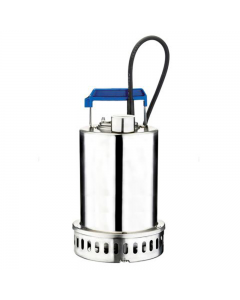 Ebara Best 2 400V Submersible Drainage PumpSpecial Price £538.26 £448.55 Regular Price £828.08 £690.07
Ebara Best 2 400V Submersible Drainage PumpSpecial Price £538.26 £448.55 Regular Price £828.08 £690.07 -
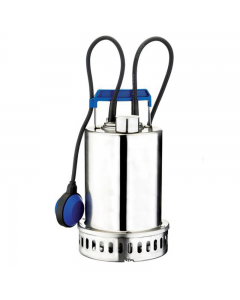 Ebara Best 2 MA 110V Submersible Drainage PumpSpecial Price £643.52 £536.27 Regular Price £990.04 £825.03
Ebara Best 2 MA 110V Submersible Drainage PumpSpecial Price £643.52 £536.27 Regular Price £990.04 £825.03 -
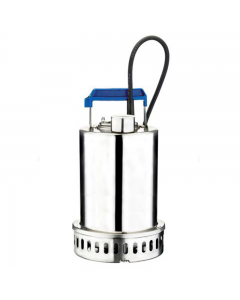 Ebara Best 4 M 230V Submersible Drainage PumpSpecial Price £840.13 £700.11 Regular Price £1,292.51 £1,077.09
Ebara Best 4 M 230V Submersible Drainage PumpSpecial Price £840.13 £700.11 Regular Price £1,292.51 £1,077.09
Water Pumps
-
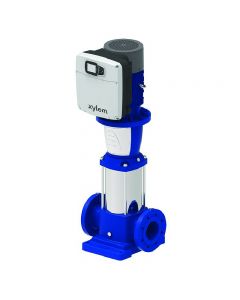 Lowara 66SVX2N110PT04QBE Hydrovar X PumpSpecial Price £14,752.92 £12,294.10 Regular Price £21,075.60 £17,563.00
Lowara 66SVX2N110PT04QBE Hydrovar X PumpSpecial Price £14,752.92 £12,294.10 Regular Price £21,075.60 £17,563.00 -
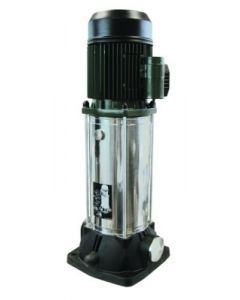 DAB KVCX 85-120 T Vertical Multistage PumpSpecial Price £981.36 £817.80 Regular Price £1,401.95 £1,168.29
DAB KVCX 85-120 T Vertical Multistage PumpSpecial Price £981.36 £817.80 Regular Price £1,401.95 £1,168.29 -
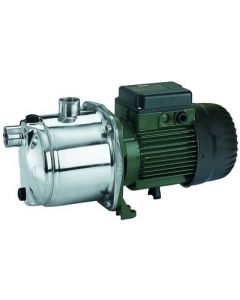 DAB 40/50 M Euroinox Multistage PumpSpecial Price £528.17 £440.14 Regular Price £754.52 £628.77
DAB 40/50 M Euroinox Multistage PumpSpecial Price £528.17 £440.14 Regular Price £754.52 £628.77 -
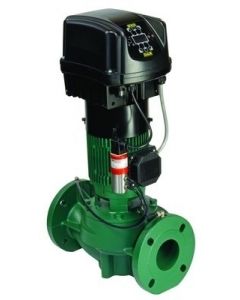 DAB DKLPE 40-600 M MCE11/C Single Stage Inline PumpSpecial Price £4,698.67 £3,915.56 Regular Price £6,712.39 £5,593.66
DAB DKLPE 40-600 M MCE11/C Single Stage Inline PumpSpecial Price £4,698.67 £3,915.56 Regular Price £6,712.39 £5,593.66 -
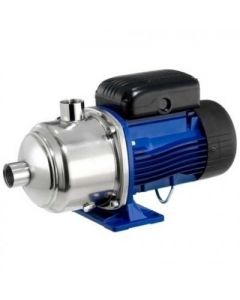 Lowara e-HMS 15HM07S55T5VVBE 5.5 kW Horizontal Multistage PumpSpecial Price £2,615.76 £2,179.80 Regular Price £3,736.80 £3,114.00
Lowara e-HMS 15HM07S55T5VVBE 5.5 kW Horizontal Multistage PumpSpecial Price £2,615.76 £2,179.80 Regular Price £3,736.80 £3,114.00 -
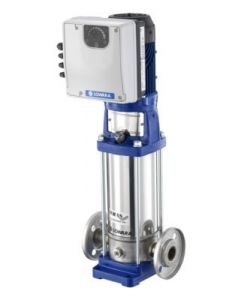 Lowara e-SVE 3SVE07F007P0M/2 0.75 kW Vertical Multistage PumpSpecial Price £2,494.80 £2,079.00 Regular Price £3,564.00 £2,970.00
Lowara e-SVE 3SVE07F007P0M/2 0.75 kW Vertical Multistage PumpSpecial Price £2,494.80 £2,079.00 Regular Price £3,564.00 £2,970.00 -
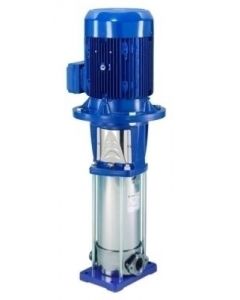 Lowara e-SV 5SV25F040T/D Vertical Multistage PumpSpecial Price £2,809.80 £2,341.50 Regular Price £4,014.00 £3,345.00
Lowara e-SV 5SV25F040T/D Vertical Multistage PumpSpecial Price £2,809.80 £2,341.50 Regular Price £4,014.00 £3,345.00 -
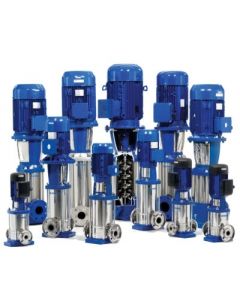 Lowara e-SV 22SV01T011T/D Vertical Multistage PumpSpecial Price £1,902.60 £1,585.50 Regular Price £2,718.00 £2,265.00
Lowara e-SV 22SV01T011T/D Vertical Multistage PumpSpecial Price £1,902.60 £1,585.50 Regular Price £2,718.00 £2,265.00







